The Independent’s hotel recommendations are unbiased, independent advice you can trust. On some occasions, we earn revenue if you click the links and book, but we never allow this to affect our coverage.
I’m strolling, shoeless, across pinecones, alongside a forest-bordered lake. I’ve not gone feral: I’m walking the 3km barefoot path at the former Soviet health spa at Valguma Pasaule. Eschewing shoes may not be for everyone, but in the few days I’ve been here in the Kurzeme (or Courland) region of west Latvia, I’ve seen enough to tell me there’s plenty of alternatives on offer for all kinds of visitors, from history buffs to wildlife enthusiasts, foodies to outdoor lovers. It’s an area that receives little in the way of British visitors, yet is only an hour or two by car from the tourism hotspot of Riga.
My visit began in the small town of Kuldiga, a two-hour drive from the Latvian capital’s airport. With a strong Germanic past, Kuldiga has prospered since the 13th century. Thanks to restoration programmes that actively involve residents, the town is a historic work in progress, with little in the way of modernity encroaching in the centre. Wandering the cobbled streets past the Lutheran church of Saint Catherine to the Venta Rumba, Europe’s widest waterfall, it was easy to imagine an older, more traditional Latvia from before the Soviet occupation began in 1940.
Elsewhere, I got to experience the Suiti Cultural Space. On Unesco’s “List of Intangible Cultural Heritage in Need of Urgent Safeguarding” since 2009, it’s dedicated to a small Catholic community – the Suiti – in this largely protestant region. At Spelmanu Krogs in the picturesque town of Alsunga, a hands-on demonstration of how to bake the local favourite Sklandrausis – a sweet-savoury tart made with rye flour, carrots and potatoes flavoured with caraway – was punctuated by an al fresco performance of traditional drone singing by a trio of Suiti women. With the sun on my back, a bright orange Sklandrausis in my hand, and the sound of ancient folk songs ringing in my ears, it was like going back in time for a brief spell.
With 500km of coast bordering the Baltic, the sea is a big deal in Latvia. This was once the heavily-guarded western border of the USSR, but today is much more important for its recreational potential. Arriving in the small town of Pavilosta on the west coast, I felt like I’d rocked up at a surfer’s paradise. A fine, white-sand beach was fringed with scrubby pines, while the Wonderland campsite, complete with bar and wholefood cafe, was busy with camper vans and the odd tent. In the summer months novice surfers enjoy the modest waves here, while in winter it’s strictly for the experienced. The next morning, I wandered the five minutes from my room at Veju Paradize for a sunrise swim and found the Baltic Sea surprisingly warm, millpond calm and shallow for quite a distance. Gorgeous.
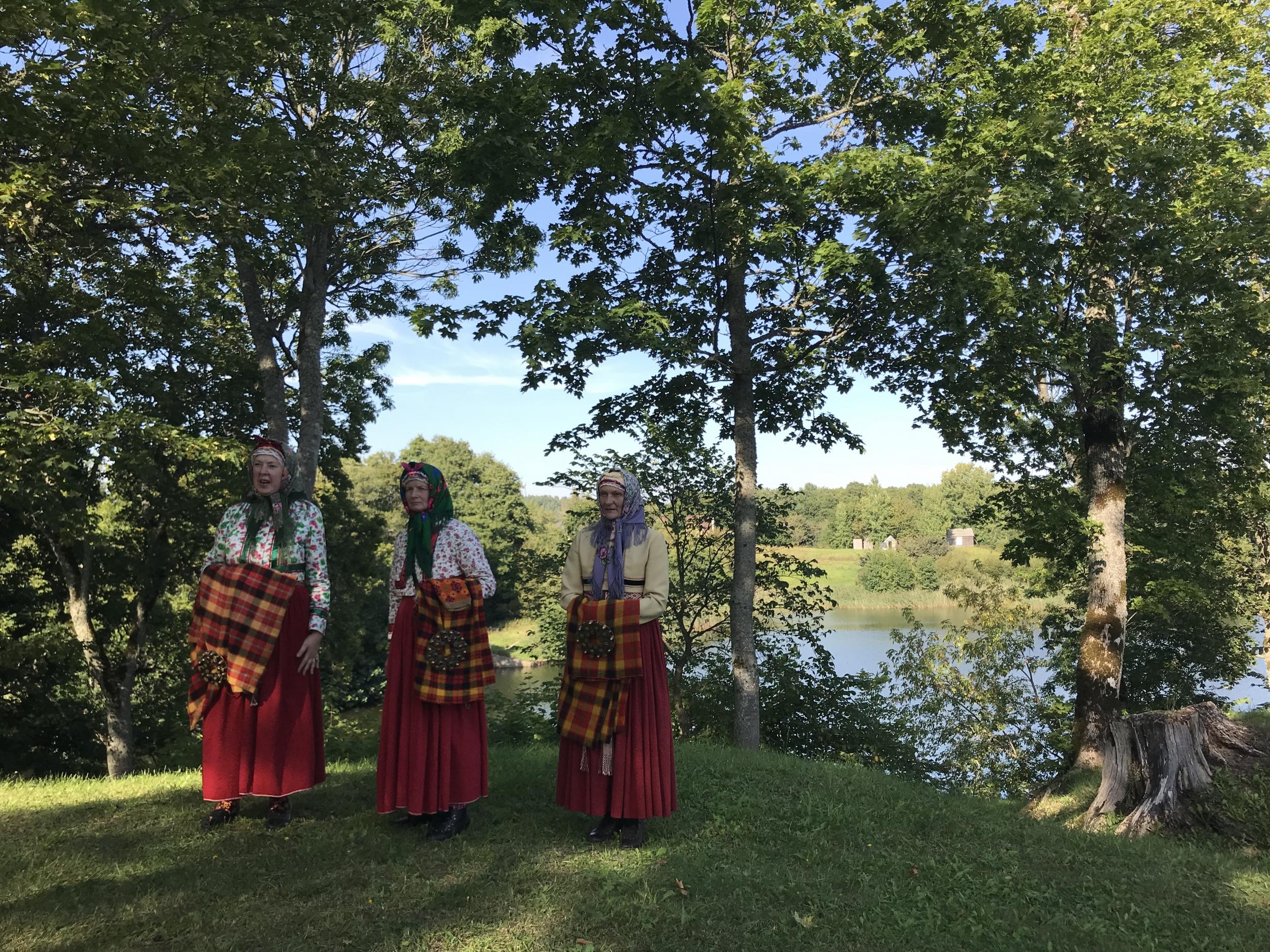
Further north, secreted amongst seemingly endless forests of pine and birch, is one of Kurzeme’s most surprising tourist sights. The Irbene radio telescope was a crucial listening post during the Cold War, constantly monitoring the communications of the perceived enemy. Back then, the base was home to more than 2,000 people but the Russians left in 1994. Today, only six staff work there. Now, the 32 metre dish no longer listens in on information about the Apollo 13 mission, Vietnam and the Falklands conflict, instead gathering data from space, which it shares with a network of other telescopes, including Goonhilly in Cornwall. A guided tour by Arnis, one of the scientists, showed how nature has reclaimed the site, bushes growing out of windows and vines twined around the large Soviet star on the front gate. Bats now inhabit the service tunnel that runs between the main building and the big dish; I spotted a snake basking on the fissured concrete outside.
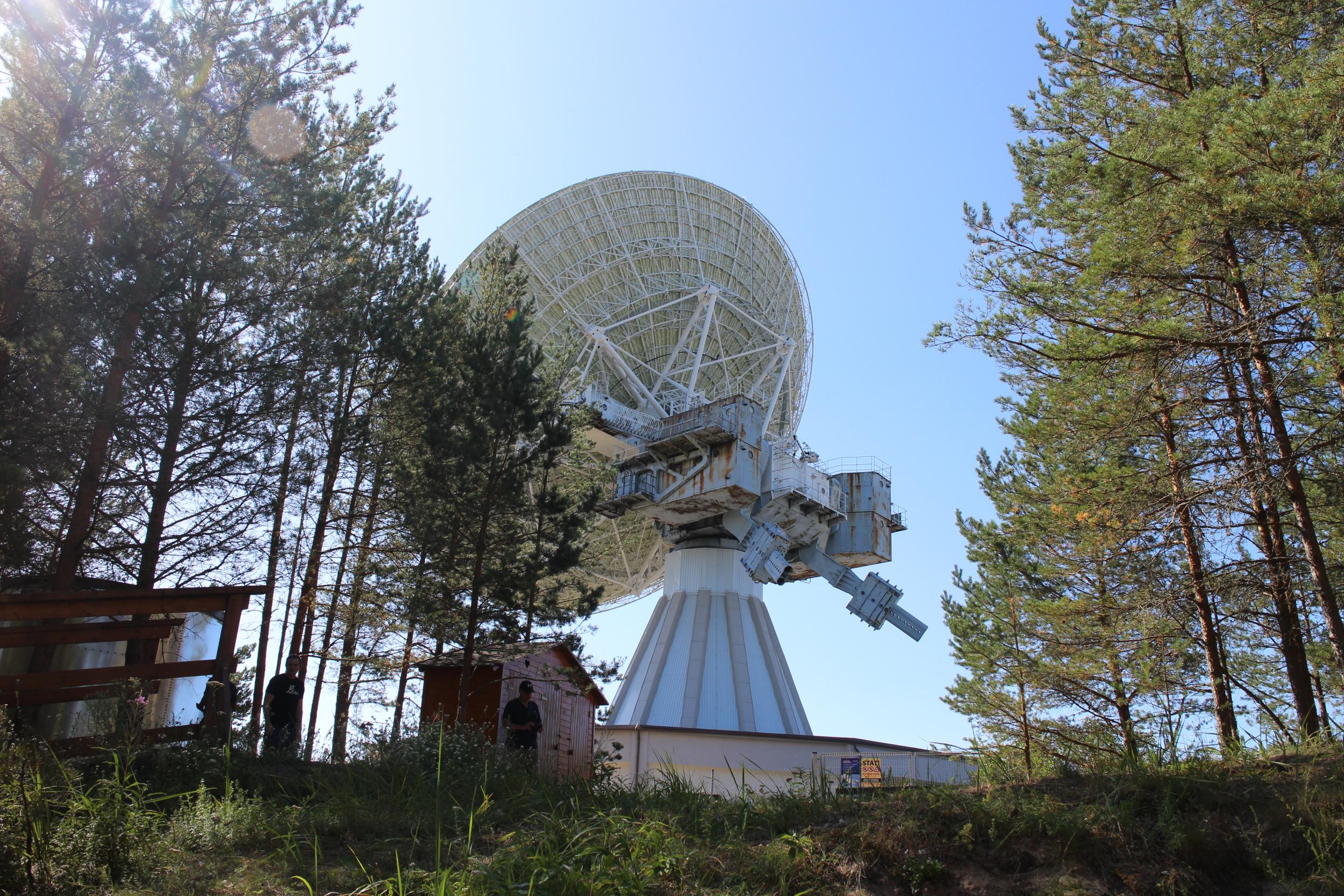
A Land Rover safari with Dabalaba made its way from the Irbene telescope deep into the forests and wetlands, with cranberries and blueberries growing wild among trees that are home to countless deer and lynx. We arrived at the Dabalaba forest cafe to sample – somewhat appropriately – venison pizza for lunch, before visiting the dramatic scenery of Cape Kolka, where the Estonian islands of Vilsandi were clearly visible on the white-capped horizon. It was a far cry from the chilled-out vibe of Pavilosta, but completely mesmerising in its own way.
That same strip of water visible from Cape Kolka looked darker and more menacing without the sun on a guided sailing trip from Roja the next day. Cobwebs were well and truly blown away as Janis and Liene expertly handled the boat in what I was laughingly assured was far from choppy water.
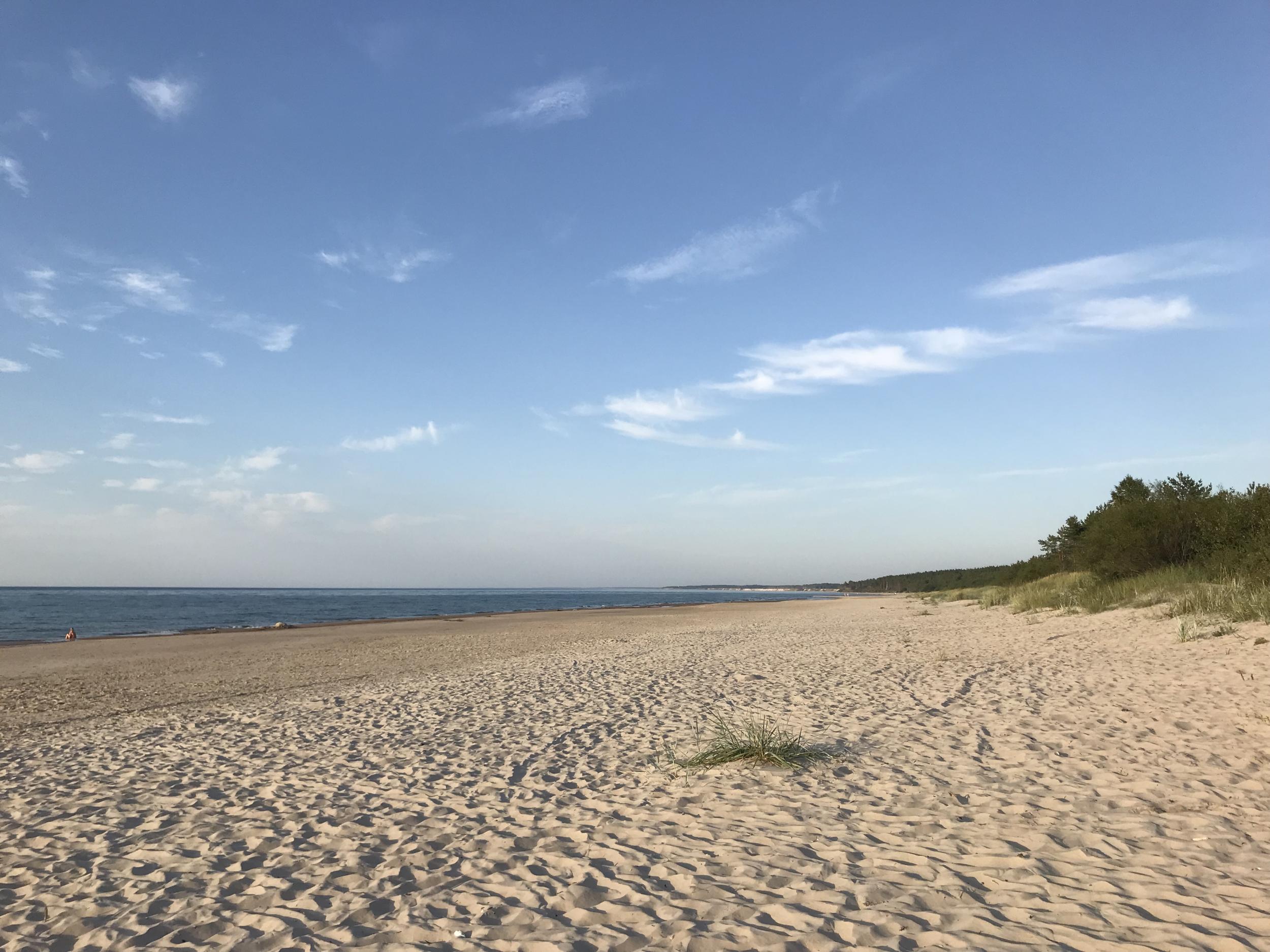
Heading inland, I was in search of a bog (not that sort). A two-hour guided walk – or, more accurately, squelch – in the Kemeri National Park, with its 382km2 of ancient raised bog, involved strapping on bogshoes (not dissimilar to snowshoes) to my feet and navigating ground that was so waterlogged I’d have been up to my armpits in minutes without them. Pools of water the colour of builder’s tea bubbled mysteriously with trapped methane as we passed, looking out for orchids and insect-trapping sundew.
Back at Valguma Pasaule, the barefoot path, which aims to activate the body’s chakra points via the feet, leads me over different surfaces, such as the aforementioned pinecones, pebbles, logs, mud and even cold, clear water. After a couple of hours of non-stop sensation, my feet have never felt so invigorated. I return to the austere modern building for one final lunch before waving a sad goodbye to Latvia’s wild, wild west.
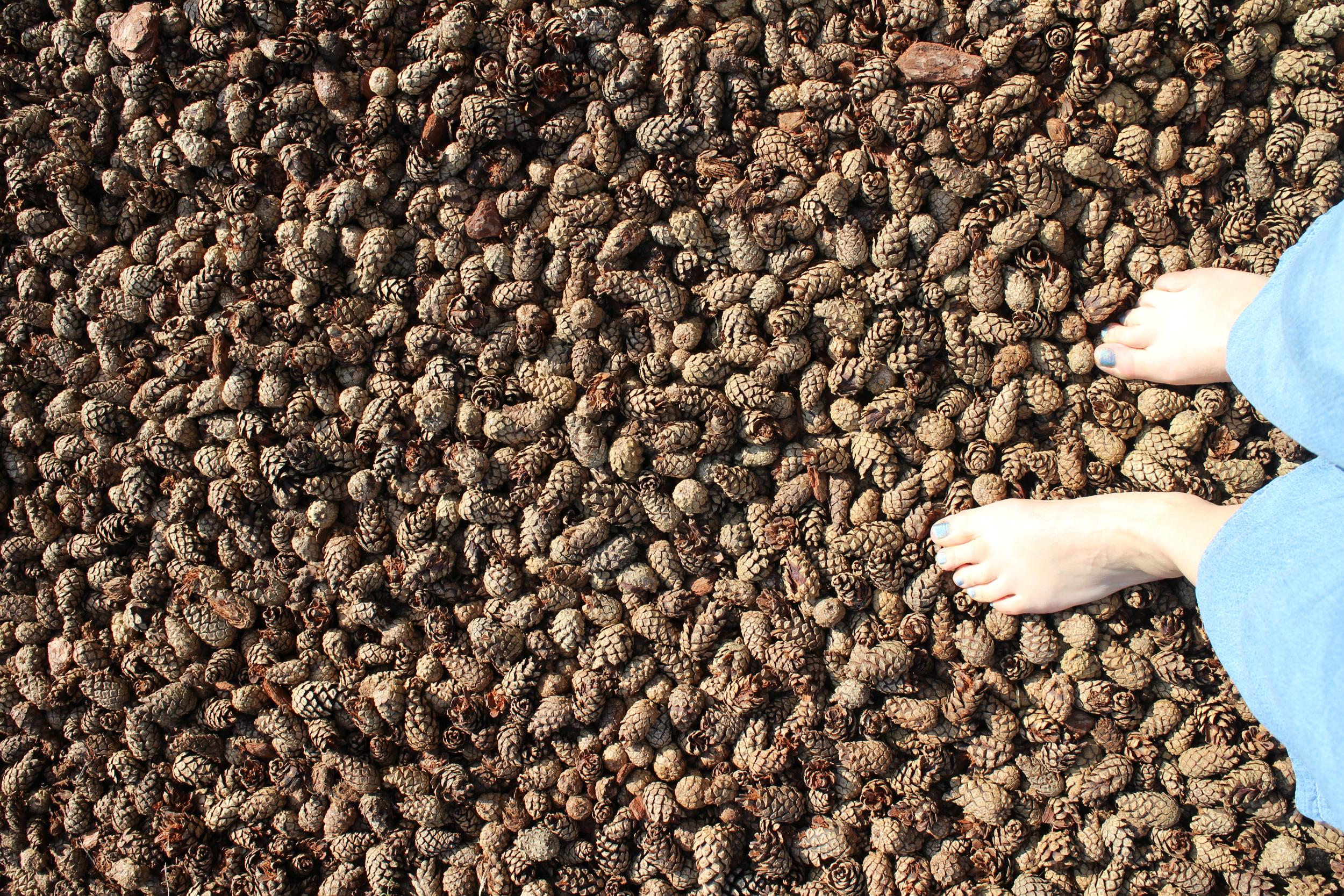
Travel essentials
Getting there
Ryanair, Wizz Air, Air Baltic and British Airways fly direct from London to Riga from £43 return.
Staying there
Valguma Pasaule has rooms from €65 (£56), B&B.
Veju Paradize has rooms from £51, room only.
More information
Latvia.travel.en; Kurzeme.lv; Experiencebaltics.com
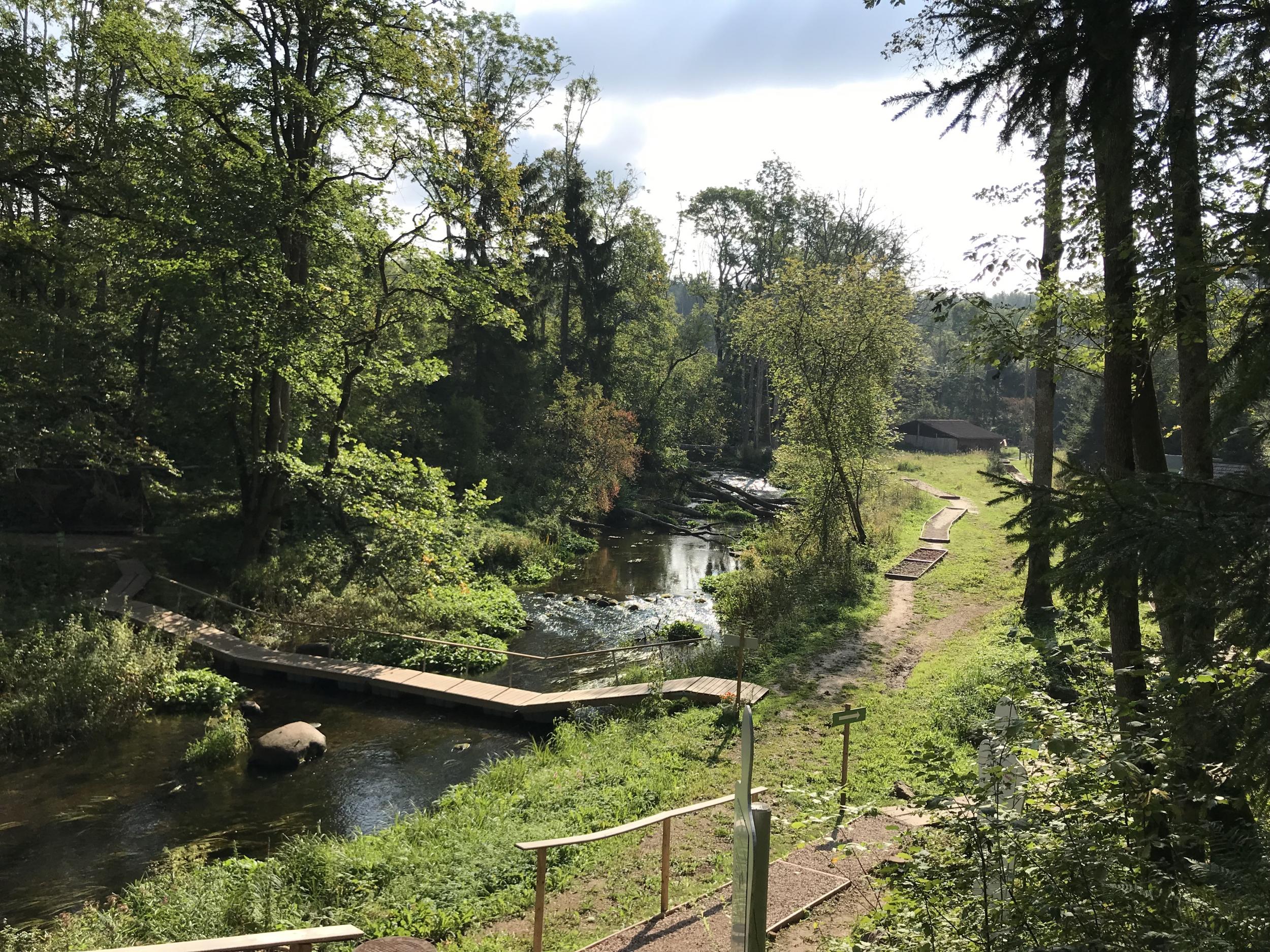
Join our commenting forum
Join thought-provoking conversations, follow other Independent readers and see their replies
Comments